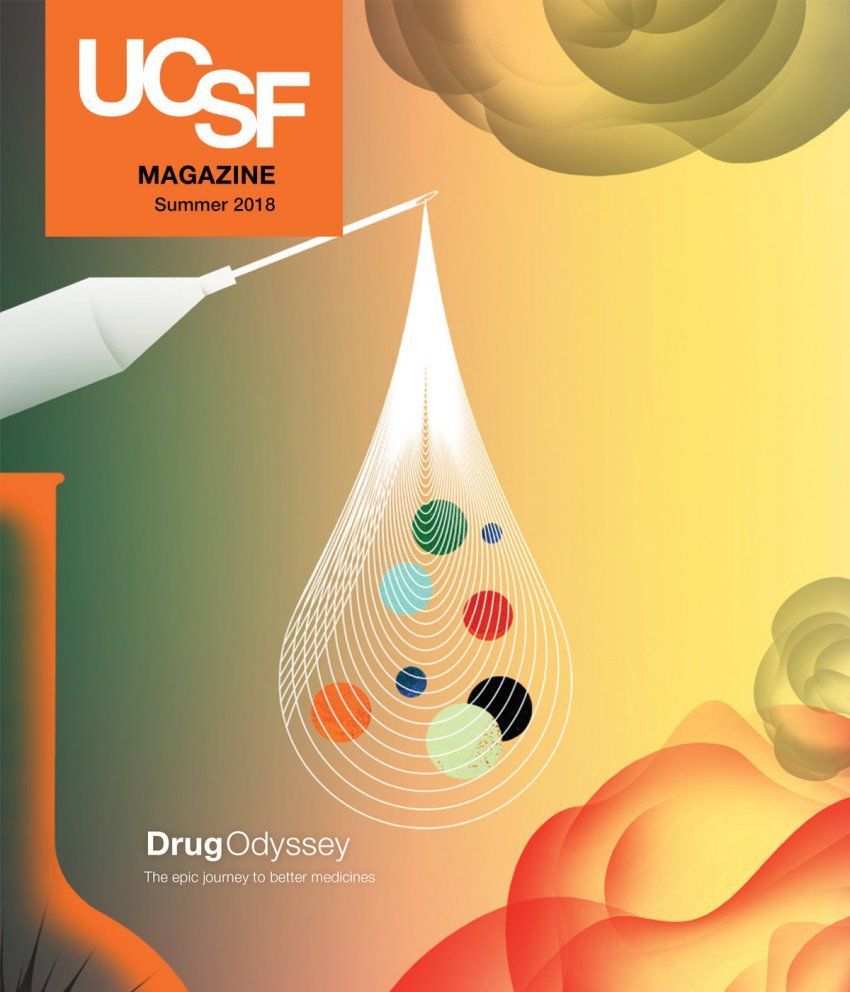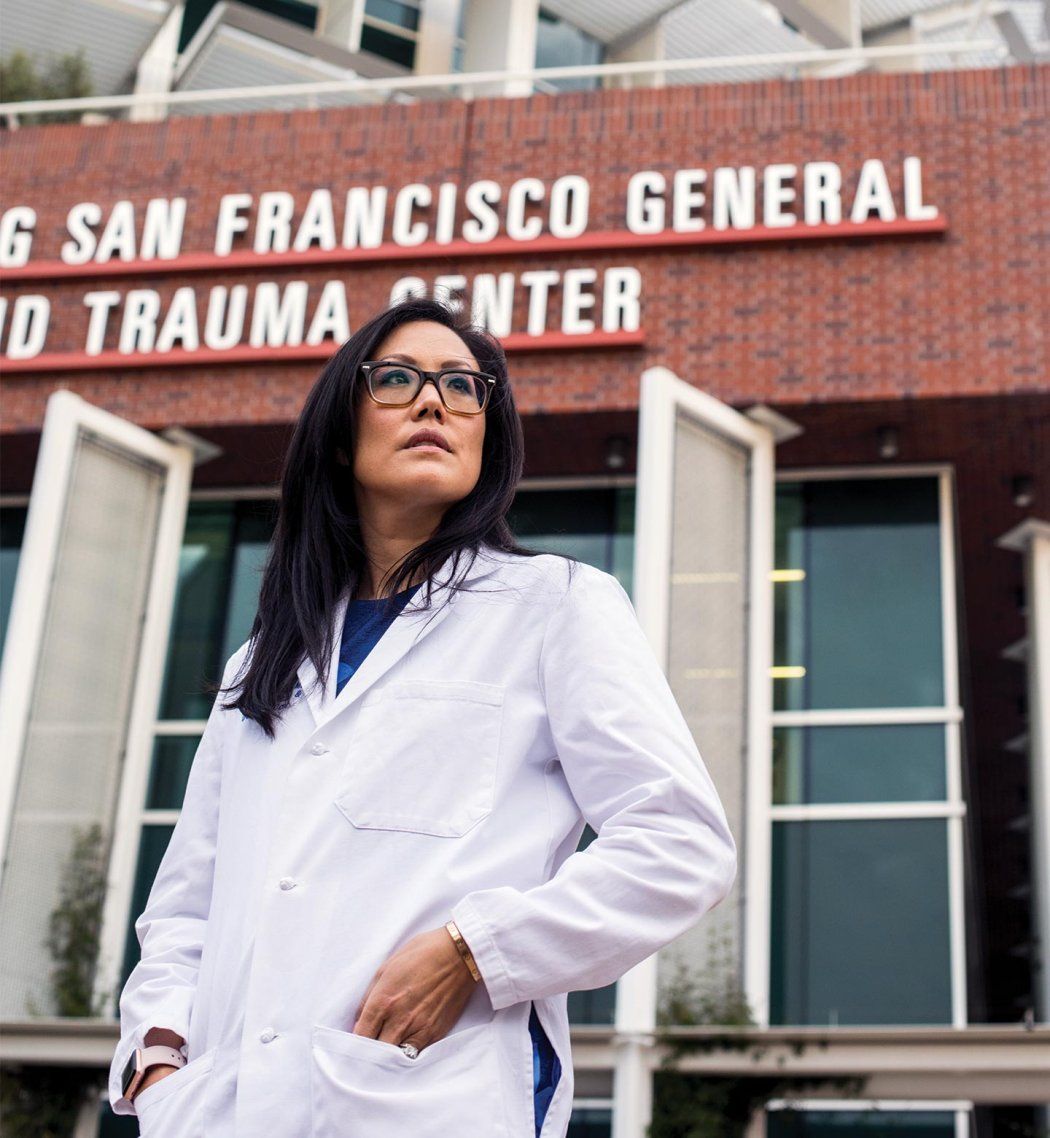
In treating a stroke, time is a patient’s most precious commodity. Brain damage occurs quickly: Every minute that a major blood vessel in the brain is blocked, 2 million neurons can die. A 15-minute delay in care can cost a patient a whole year of functional life – that is, the ability to walk, talk, drive, and otherwise live independently.
Debbie Yi Madhok, MD, an assistant professor of emergency medicine at UCSF and an attending physician at Zuckerberg San Francisco General Hospital (ZSFG), is trying to improve the odds for stroke patients. She designed a rapid-response protocol for ischemic strokes – strokes caused by blood clots in the brain – to reduce the amount of time between the moment patients arrive at the hospital and the moment they receive medicine or are rolled into surgery.
ZSFG’s previous process – transferring incoming patients to a bed, evaluating them, calling for a neurology consultation, waiting for the neurologist’s assessment, taking patients for a CT scan, then returning them to their bed to receive medication while surgical options were weighed – could result in an hour or more passing before treatment was administered. Under the new rapid-response protocol, suspected stroke patients are evaluated immediately upon arrival. If signs of a stroke are present, patients are taken right away for a CT scan. If the scan reveals a clot, a medication called tPA is administered to break it up. If necessary, patients are then taken into surgery to remove the clot.
Under Madhok’s protocol, the hospital has reduced “door-to-needle” time from an average of about 45 minutes to less than 20 minutes – potentially, the difference between severe disability and near-complete recovery. Madhok is currently in the process of getting the protocol implemented at UCSF Medical Center, too.
“Now everyone is more in tune to when stroke victims are coming in and paying close attention to whether it’s the real thing and whether we need to intervene,” says Christopher Colwell, MD, chief of emergency medicine at ZSFG. “We’re seeing the impact already.”




